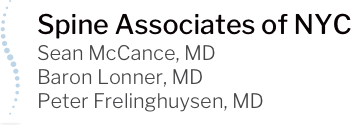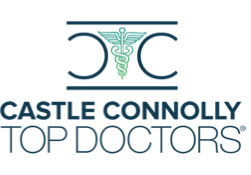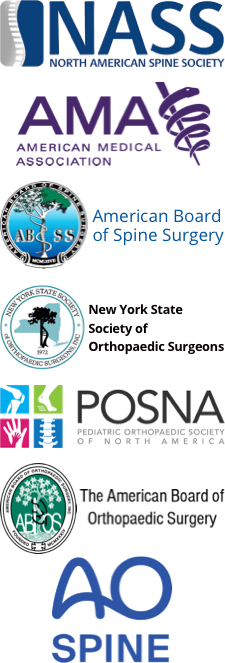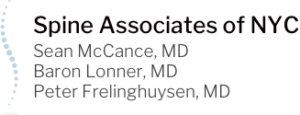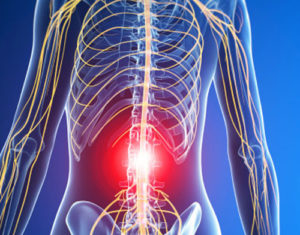 Spinal stenosis—the narrowing of the spine, occurs commonly in the lower back or neck. it most often affecting people over aged 60, although symptoms can begin in the 50’s. When narrowing of the spinal canal occurs in the lower back, pressure is put on your nerve roots, resulting in low back pain, as well as cramping, weakness, or numbness of the legs.
Spinal stenosis—the narrowing of the spine, occurs commonly in the lower back or neck. it most often affecting people over aged 60, although symptoms can begin in the 50’s. When narrowing of the spinal canal occurs in the lower back, pressure is put on your nerve roots, resulting in low back pain, as well as cramping, weakness, or numbness of the legs.
The spine is what helps us sit up straight, walk, and bend. When spinal stenosis occurs, the pressure on the nerves causes neurologic dysfunction leading to symptoms that make it difficult to move properly, such as:
- Numbness, weakness, cramping, or pain in the legs, thighs, or feet
- Pain extending down the leg
- Abnormal bowel and/or bladder function, also known as cauda equina syndrome, which is an emergency
- Partial or complete leg paralysis
Pain from lumbar spinal stenosis typically gets worse when walking, whether you’re walking up or down a hill, ramp or steps. Many patients are unable to work or enjoy everyday life due to severe pain. As the condition progresses, spinal stenosis can sometimes lead to the slow and steady loss of leg strength. The symptoms are classically relieved with sitting.
There is no medical cure for spinal stenosis, but the condition can be cured with surgery. In regard to medical treatment, the pain can be managed through regular exercise, medication, injections, and in some cases, surgery.
- Exercise or physical therapy: It’s possible to manage pain, improve balance, and the ability to walk and bend through regular exercise. Regular exercise (at least three times a week for about 30 minutes) helps maintain muscle strength in the arms and upper legs. An easy exercise to start with is to slowly practice forward-bending exercises. It is not recommended to do any exercise that may trigger or worsen pain such as heavy lifting or walking long distances.
- Medication: Over-the-counter medications such as acetaminophen or anti-inflammatories (also known as NSAIDS) can help relieve pain on a continuous basis. Acupuncture or massage can also help ease pain.
- Epidural steroid injections can be a potent reliever of nerve pain in the setting of spinal stenosis
- Surgery: Patients with severe or worsening symptoms may be eligible for a decompression laminectomy. This surgery removes the spurs and buildup of bone in the spinal canal, freeing up more space for the nerves. Sometimes, we perform a spinal fusion along with the laminectomy if needed to address instability of the spine.
If you’re experiencing any symptoms of spinal stenosis, visit our practice to learn more about pain management and treatment options.
